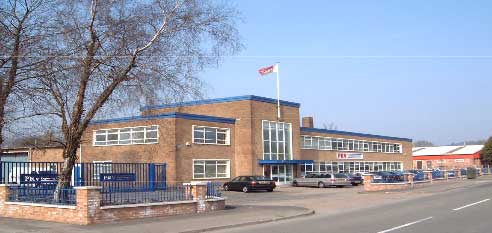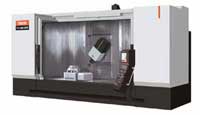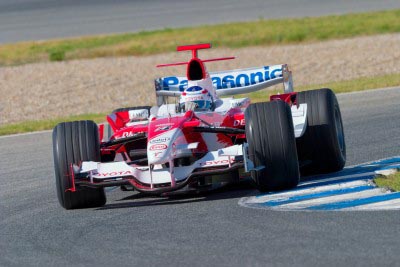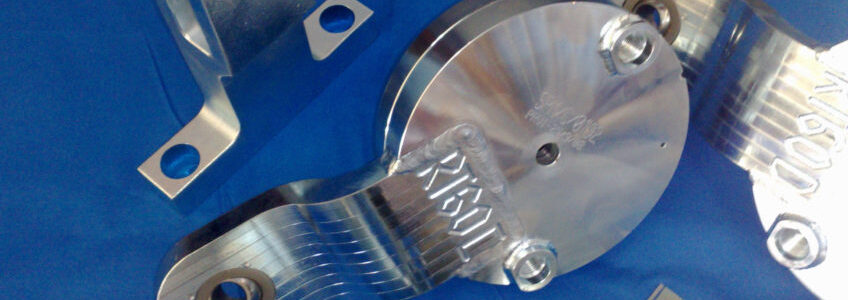You can’t enter an electronics store these days without facing an onslaught of iProducts including iPods, iPhones and iPads. Just about every industry is taking advantage of this revolution and moving into this iDomain with new applications, programs and hardware to be utilised with these products. So it stands to reason that the manufacturing industry wouldn’t be too far behind.iMachining, the revolutionary new CAM and CNC machining technology, was officially launched at the EMO 2011. Developed by SolidCAM, this technology has already proved its efficiency in the metal cutting industry.iMachining combines some of the most revolutionary innovations available taking CNC machining to the next level. In fact, SolidCAM even claims that the iMachining software is streets ahead of other existing computer aided machining software.Designed to reduce costs, cutting times and tool wear significantly, iMachining can help maximize manufacturing productivity. So we felt we needed to examine what iMachining is all about and how it can work to our advantage.
iMachining Takes CNC Machining to the Next Level
SolidCAM designed iMachining to usher 21st century technology into every machining centre and by all accounts it has given the popularity of iMachining in its pre-release stage. iMachining helps to optimize tool engagement as well as cutting feeds throughout the tool path. This has lowered cutting times by as much as 70 percent.
But how does it work?
iMachining is guided by the knowledge-based Technology Wizard, which takes into account the type of material being cut and the type of machine being used, as well as the material and geometry of the cutting tool. This helps to ensure that the tool load remains constant, thereby ensuring longer tool life.
Most conventional computer aided machining software use small steps when cutting deep features in order to ensure that the tool isn’t overloaded. This is also done to minimise the effects of over engagement. With iMachining, however, programmers can easily cut to the tool’s full depth in just one pass, as the Technology Wizard controls tool engagement and generates a smooth morphing tool path. It also eliminates issues like air cutting, where the tool runs at full speed but doesn’t cut any metal.
iMachining: What Sets it Apart
Here are some of the most important developments brought about by iMachining:
Allows for automatic definition of optimised cutting parameters.
Reduces cutting times by as much as 70 percent.
Perfect for cutting hard metals, such as Titanium.
Intelligent morphing spiral paths ensure constant contact as well as controlled chip thickness.
With all those benefits it isn’t surprising that the industry is moving forwards in this direction.
 PRV-Engineering Ltd are constantly moving with the times and investing in equipment to make sure the company stays ahead of its competitors. Over the last 12 months, managing director Simon Jones has invested more than £1.25million as part of the overall development of the Pontypool based engineering company.
PRV-Engineering Ltd are constantly moving with the times and investing in equipment to make sure the company stays ahead of its competitors. Over the last 12 months, managing director Simon Jones has invested more than £1.25million as part of the overall development of the Pontypool based engineering company.






Recent Comments